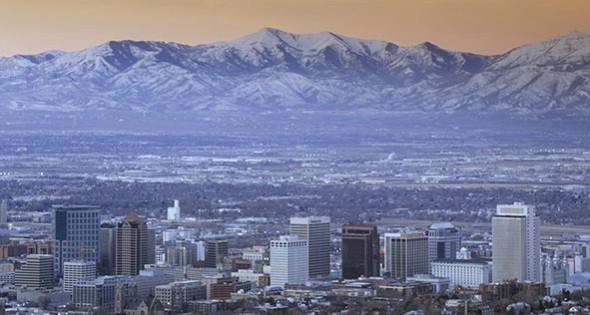
Idaho: Balanced Budget for the Economy
20 Apr, 2017
By Lori Culpepper
Idaho’s economy is strong thanks to low taxes, a balanced state budget and a commonsense regulatory environment.
The state’s constitution requires maintaining a balanced budget, which it did even during the recession. In part because of this, Idaho is in the top 10 states for employment growth, has maintained strong GDP growth and has the lowest debt service as a share of revenue ratio.
Idaho’s Western spirit has created a can-do culture, which translates to the workforce as well. The Idaho Department of Labor helps keep employees ahead of the curve in the ever-changing work environment with customized recruiting services, training services, a workforce development training fund and Idaho TechHelp.
The state’s transportation system is in good shape, ensuring reliable delivery of raw materials and shipment of products to market. This includes major rail line access to U.S. seaports in Portland, Oregon, and Seattle, Washington.
Tourism is another huge part of the economy. According to the U.S. Travel Association, Idaho’s $3.4 billion tourism industry employs more than 26,000 individuals and generates almost $500 million in local, state and federal tax revenues. Idaho Tourism’s activities are funded by a 2 percent lodging tax paid by travelers and collected by hotel, motel and private campground owners. Lodging tax receipts have grown to over $8 million annually.
Idaho Regional Sidebars
By Rachel Hamilton
REDI (Eastern Idaho)
“In eastern Idaho, it’s all about innovation,” says Jan Rogers, president of the Regional Economic Development for Eastern Idaho (REDI).
The area lies along a 78-mile corridor between Pocatello, home to Idaho State University, and Rexburg, home of Brigham Young University Idaho; together the two universities enroll over 30,000 students yearly.
“Talent drives business now,” Rogers says, noting that eastern Idaho is “hitting on all cylinders,” when it comes to talent.
Rexburg’s population is “a honeypot of millennial talent,” according to Rogers. The city has a population of roughly 26,000 and “over 80 percent are under the age of 30, with the average age being 22,” she says.
Rexburg has been newly branded as “Millennial City, USA.” The intention is to find “that nexus between business development and talent,” says Rogers.
The area’s industry clusters include advanced manufacturing, cyber security and energy — particularly alternative energy. The Idaho National Lab is located in Idaho Falls between the two universities.
The Navy and U.S. Dept. of Energy announced a $1.65 billion project in Butte County, which will provide an environmentally responsible repository for spent nuclear fuel from warships and create up to 360 construction jobs, says Rogers.
The City of Ammon, near Idaho Falls, is home to an “open access fiber network” which provides the internet and power infrastructure needed for the growth of technology companies; the power is owned by the municipality, and “95 percent of their electricity is green,” Rogers says.
Coeur d’Alene Area EDC (Northern Idaho)
Coeur d’Alene is across the border from Spokane, Washington, along Interstate 90 in northern Idaho. Coeur d’Alene has seen job growth that ranks in at least the top 25 percent nationally for municipalities of its size for nearly two years, according to Gynii Gilliam, president of the Coeur d’Alene Area Economic Development Corp. (CDAEDC).
For the calendar year 2016, CDAEDC worked on projects worth approximately $90 million in capital expenditures that created over 650 jobs, according to Gilliam, who notes that “about 400 were actually created last year,” and that the balance will be open before the end of 2017.
About 150 of the new jobs will go to Orgill, Inc. The hardware distributor has invested $60 million in constructing an over 450-square-foot facility. Orgill distributes mainly to independent hardware dealers.
“The bulk of our growth is from our existing companies,” Gilliam says. “Most of that is Alliance Data,” a financial service center subcontracting credit card services for retailers nationwide.
High tech manufacturing is big in the area: everything from “roller coaster components” to “non-flight-essential composites” and “tiny springs and bolts” for the aerospace industry, according to Gilliam.
Because of Coeur d’Alene’s position along I-90 and U.S. 95 and its relative proximity to Seattle, both the aerospace industry and distribution and warehousing are growing, taking advantage of the lower cost of doing business in Idaho, which is rated at least in the best ten nationally, according to Gilliam.
Idaho and the Coeur d’Alene area’s governments are business-friendly, says Gilliam. “We really want to help businesses open as quickly as possible.”
SIEDO (Southern Idaho)
Southern Idaho is known for its branding of “All Things Food,” and the region’s agriculture industry is both diverse and large, says Dan Olmstead, Southern Idaho Economic Development Organization (SIEDO)’s board chair. The six-county area is home to 350,000 to 400,000 of Idaho’s roughly 500,000 dairy cows, for example.
“Food science, food production (that’s the farmer raising the crop), and food manufacturing or processing,” make up the area’s agriculture-related cluster, says Olmstead.
Chobani Yogurt announced a $100 million expansion in March of 2016, which will put “almost one million square feet under one roof,” for a massive plant, Olmstead says.
“When you do recruit a large business, supply chain folks like to be close,” says Olmstead, noting that Fabrical came to Burley to manufacture the plastic cups required by Chobani’s large facility.
Plastics is another leading industry in Southern Idaho, as is alternative energy. Olmstead, who is also a community representative for Idaho Power, touts the competitive rates for electricity that are in part due, he says, to the hydro power generation along the Snake River, as well as the wind and solar power being generated in the state.
The opportunity to use greener energy and to put that in its marketing drew Cliff Bar and Company’s attention to the area, according to Olmstead. Cliff Bar built a bakery in Twin Falls in 2013 ans 2014.
Warehousing and distribution, particularly of food, is a growing cluster because the region can access large West Coast cities within 10 to 14 hours, Olmstead says, and the Union Pacific railroad can take perishable products out east.
Related Posts
-
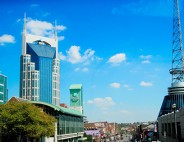
Business Starts Here
-
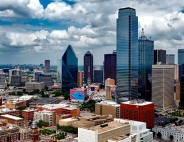
TEXAS ENTERS 2021 AS WORLD’S 9TH LARGEST ECONOMY BY GDP
-
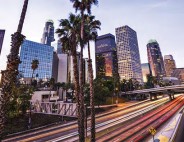
CALIFORNIA: 5TH LARGEST ECONOMY IN THE WORLD
-
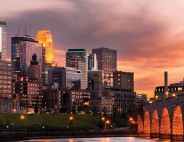
MINNESOTA: FIRST IN FIVE-YEAR BUSINESS SURVIVAL RATE
-
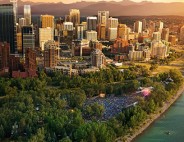
CANADA: Alberta. More Open Than Ever
-
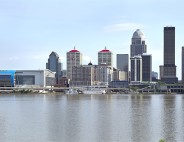
KENTUCKY: The Bluegrass State Is The Right Place To Grow Your Business
-
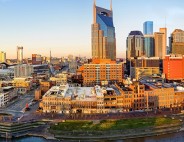
TENNESSEE: Great Brands Deserve the Great State of Tennessee
-
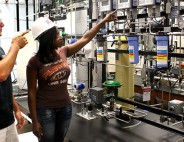
LOUISIANA: Custom Workforce for Expanding
-
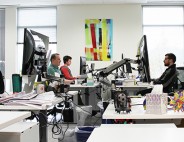
MARYLAND: Home of Innovators
-
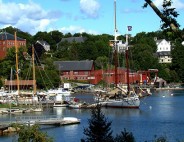
MAINE: Yankee Ingenuity










